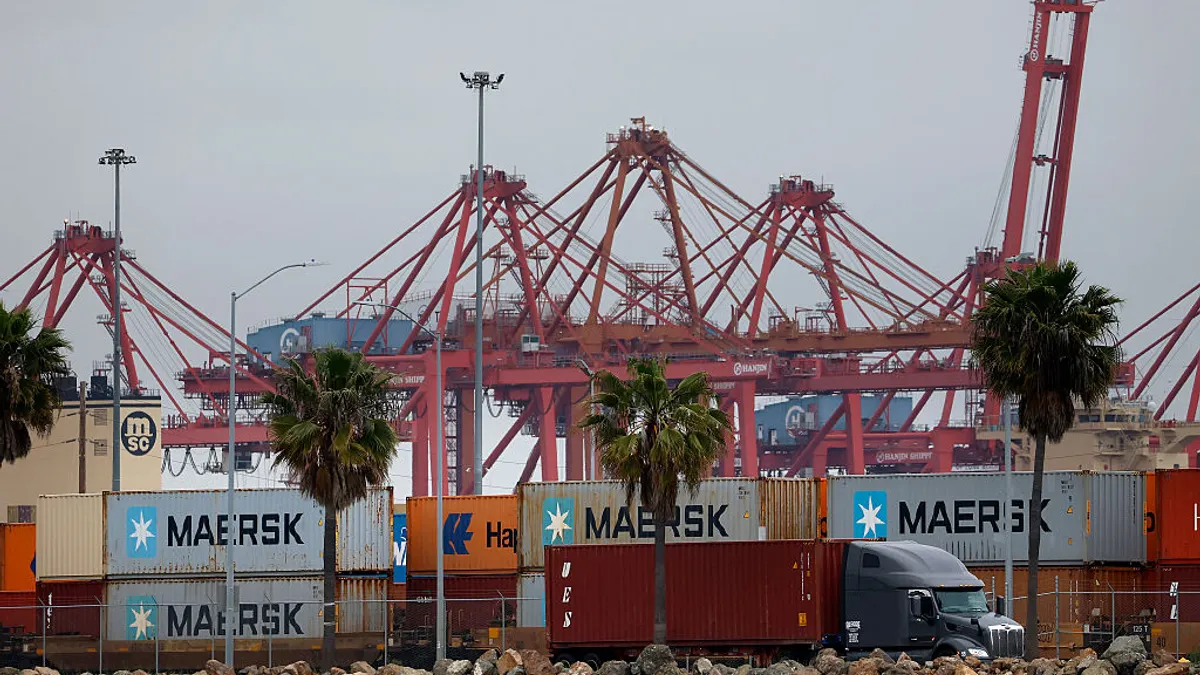The following is a contributed article by Emily Goldfield, a Clean Energy Leadership Institute fellow and an MBA student at the Wharton School of Business. She previously worked for RMI and cleantech startup Myst AI.
It’s not news that the market for stationary energy storage is growing. With demand driven by ambitious policies in the U.S. and Europe, energy storage installations around the world are expected to reach nearly 1,200 GWh by 2030, a 15X increase from the amount of storage that was online at the end of 2021.
Lithium-ion batteries are expected to continue to dominate this market at least until the 2030s. However, global lithium shortages pose a challenge. The cost of lithium has increased 13-fold in the past two years. The majority of raw lithium is being sold for EV batteries, leaving even less supply available for stationary applications. With long timelines for permitting and developing new mines, it will take the mining industry time to catch up to skyrocketing demand.
So how can we bolster the energy storage market and improve the economics of integrating renewables into the grid? One possible answer: second-life EV batteries.
The opportunity for second-life EV batteries
A typical EV battery is estimated to retain 80% of its original capacity at the end of its useful life. While this level of degradation may be unsuitable for powering a vehicle, it still has plenty of useful life for less intense use cases like stationary storage. Lithium batteries in EVs experience 5-8X more stress than a typical battery in a home or building.
As the EV market takes off, the supply of used EV batteries is set to increase dramatically. McKinsey estimates the second-life battery supply for stationary storage applications could exceed 200 GWh per year by 2030. While current constraints on the supply of used EV batteries pose a major challenge for the development of the second-life market — as larger volumes of EVs are only now beginning to be sold — addressing barriers to this business model now can enable its success in the future.
Startups like Moment Energy and RePurpose Energy are exploring this model. They partner with original equipment manufacturers, or OEMs, like Nissan to acquire used EV batteries, test each module to ensure its quality, and then repurpose them to provide energy storage systems to utility, commercial & industrial and microgrid customers.
This model can benefit automakers, integrators and customers. For automakers, new mandates in many countries require OEMs to be responsible for EV batteries at the end of the vehicle’s life. High battery recycling costs are motivating OEMs to pursue lower cost, higher value second-life applications. This allows OEMs to defer recycling costs and redirect batteries from landfills.
For integrators, used EV batteries increase the supply of batteries available for stationary storage and reduce costs by 30–70%. For customers, like utilities or commercial and industrial businesses, repurposed batteries provide the benefits of energy storage — such as improved power quality and reliability, deferred investments in transmission and distribution, and increased value of renewable energy generation — at a lower cost.
However, the EV battery second-life market is getting pressure both from first-life batteries as well as battery recyclers. First life (i.e. new) batteries can be used in the same applications as second-life batteries, and as the cost of first-life batteries decreases while their quality improves, the value proposition of second-life batteries is threatened. In addition, battery recyclers are competing for the same, currently limited, supply of used EV batteries in order to prove out their business model. This is leading to tight margins for repurposed batteries. Part of the challenge is timing: once EVs dominate the transportation landscape and there is a more robust battery supply chain, markets for first-life batteries, second-life applications, and battery recycling will more easily be able to work in harmony.
Bumps in the road ahead
There are a number of execution challenges to scaling this model, particularly technical and regulatory hurdles.
On the technical side, the process of repurposing batteries is costly and time-intensive. Batteries have to be removed from the vehicles, tested, repurposed and deployed. Much of this work is currently very manual. This value chain is ripe for innovation; there are startups working on solutions to automate and streamline this process. For example, Universe Energy is using machine perception and robotics to automate the disassembly of batteries; ReJoule is developing a faster testing protocol. For the secondary EV battery market to grow, these types of solutions must succeed and scale.
Reclaiming and repurposing batteries would be simpler and more scalable if automakers designed their batteries with reusability and recyclability in mind. Standardizing the front end of the supply chain and designing batteries to be easily removed and disassembled would make it easier and more economical to reuse the batteries at the end of their life. While there is some level of standardization in cell formats and some OEMs like Proterra and BMW are beginning to incorporate reuse principles into their battery design, the industry as a whole has a long way to go and is trending toward customization.
On the regulatory side, current design standards and shipping rules, as well as lack of clarity around end-of-life responsibility, inhibit further market growth. While numerous countries around the world, including China, Japan and many in Europe, have enacted policies dictating who must take responsibility for a battery at the end of its life, other countries — including the U.S. — have yet to do so.
Second-life EV batteries often have to pass the same certification standards as first-life batteries to be used in stationary storage applications — in addition to a second-life battery reassessment certification — making it nearly impossible for second-life products to commercialize. Shipping regulations also pose a challenge: used batteries, regardless of their health, are designated “hazardous waste,” which can make them up to 50 times more expensive to ship.
These regulations need to be modified so that a used battery that meets quality standards — designed with second-life batteries in mind, and based on stringent testing — is able to be redeployed. Finally, incentives for low-carbon energy storage would motivate the growth of the secondary life market, given the upfront emissions required to produce new batteries.
Despite these challenges, progress is being made: Startups are seizing the opportunity to innovate in this space, OEMs are increasingly incorporating reusability into their battery design, and countries around the world are in the process of passing and modifying regulations. If these challenges can be effectively addressed, used EV batteries will help to increase the availability and affordability of energy storage while ensuring the sustainability and circularity of the clean energy economy.





















